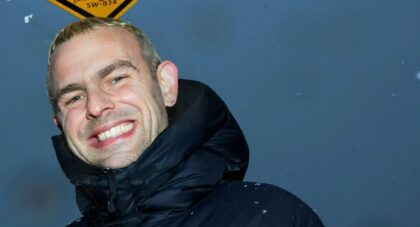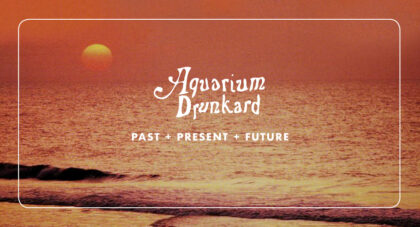“Whatever you now find weird, ugly, uncomfortable and nasty about a new medium will surely become its signature,” Brian Eno wrote in A Year With Swollen Appendices. “CD distortion, the jitteriness of digital video, the crap sound of 8-bit – all of these will be cherished and emulated as soon as they can be avoided.”
I’m thinking about that quote sitting at my kitchen table, staring at Bruce Springsteen’s bolo tie on the cover of 1987’s Tunnel of Love. I know Eno wasn’t talking about neckwear, but formats are also a kind of fashion. They go in and out of style, and this month sees the release of Springsteen’s The Album Collection Vol. 2: 1987-1996. Remastered for high grade vinyl, a format once considered dead, and housed in a replica tweed Fender guitar case box, the set commemorates a string of albums that found Springsteen in the wilderness years dividing his most commercially successful eras, including Tunnel of Love and the Chimes of Freedom EP from 1987, 1992’s Lucky Town, Human Touch, and the live In Concert/MTV “Plugged” special, 1995’s The Ghost of Tom Joad, and 1996’s Blood Brothers EP.
The lavish presentation of this under-recognized era might strike an odd note at first. These are not Springsteen’s undisputed masterpieces, nor efforts released by an established classic rock standard bearer. But that makes them even more interesting. They are the work of a songwriter facing himself and the world around him, creating art about how growing up means seeing yourself and others in non-idealized terms.
Only the good shit. Aquarium Drunkard is powered by its patrons. Keep the servers humming and help us continue doing it by pledging your support.
To continue reading, become a member or log in.


